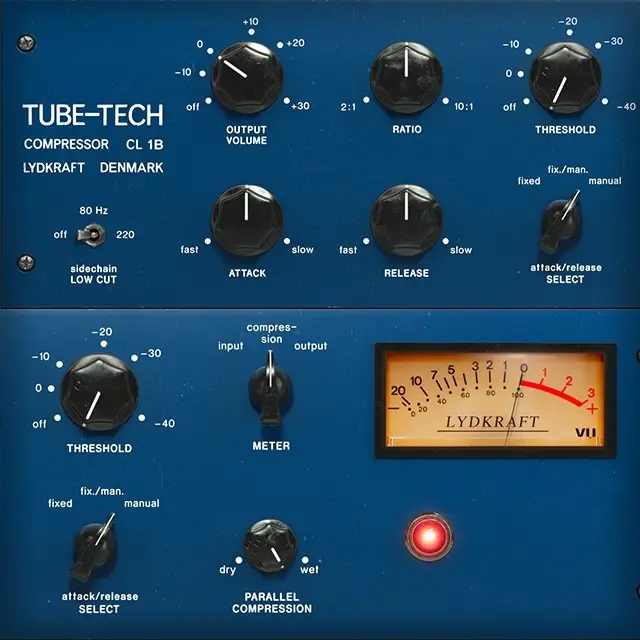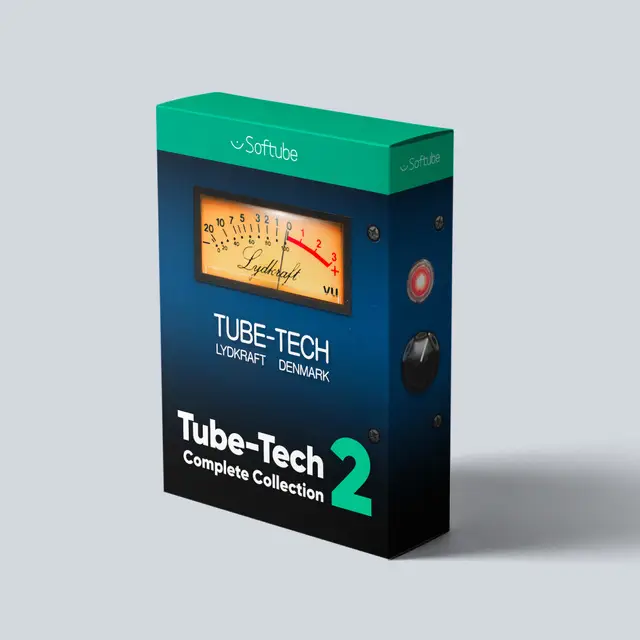-
Tube-Tech CL 1B Compressor for Vocals??
Protege Gang gang!
So I keep seeing, hearing, loud elfs from the distant mountain tops chatting about this Tube Tech compressor on vocals… Does the UAD version ( cause I can’t do the 3k analog outboard gear YET) do it justice?? This compressor has a lot of accolades in the hiphop world and a lot of people swear by this so I’m curious if anybody has an opinion. Talk me off the ledge or push me…
Also, if not this what do you use in the box for a vocal chain as far as compression is concerned? I love a little CLA-2A, 1176, R-Vox and recently API 2500 on vocal bus. Not all at the same time just a mix of them for different situations.
Love to hear everyone’s thoughts!
Peace & Love
~AG
https://www.uaudio.com/uad-plugins/compressors-limiters/tube-tech-cl-1b-mkii-compressor.html
uaudio.com
Tube-Tech CL 1B MkII Compressor | UAD Audio Plugins | Universal Audio
Featuring new high-resolution graphics as well as sonic enhancements, the Tube-Tech CL 1B MkII plug-in has been reimagined with Softube's latest component modeling and signal processing technology, for an even deeper emulation than before, capturing this
Log in to reply.


